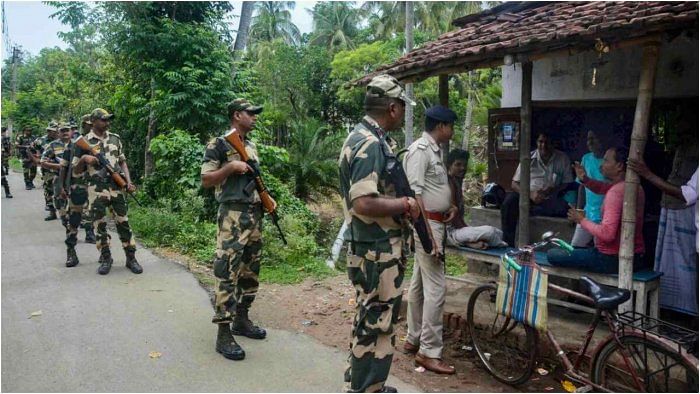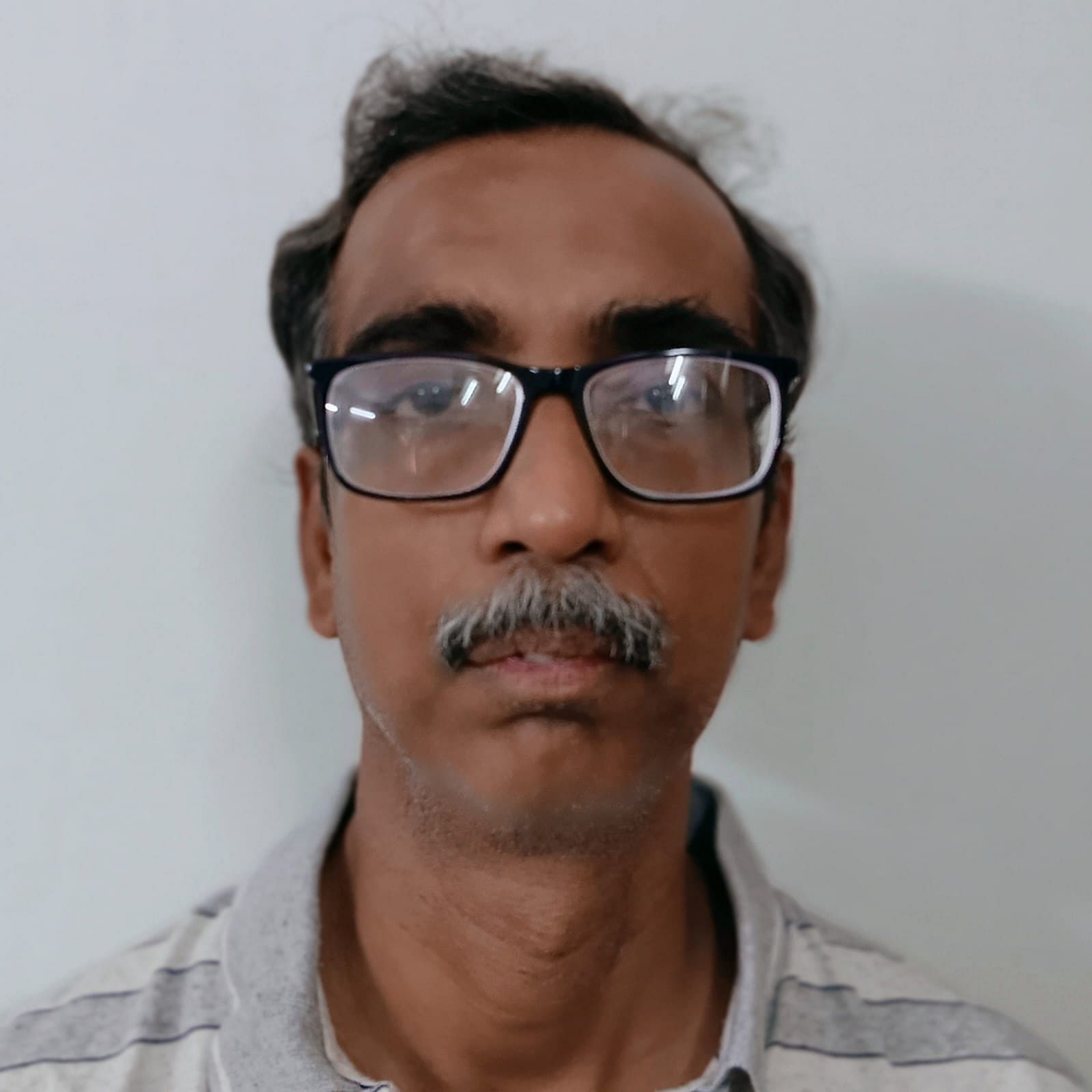

West Bengal is the first state in the country to hold panchayat elections with official participation of political parties. The elections were held in June 1978, just a year after the Left Front came to power in the state. Though the CPI(M)-led government contributed significantly towards the development of the state in the first few terms, its 35-year-long reign was not free from political violence. The tradition continues in West Bengal even today, although it is on the wane in several other states, including Bihar.
Undoubtedly, Bengal has been the most politically vibrant region for more than a century – the struggle for independence, the end of the Congress rule in 1977, the shift of power from the Left Front in 2011 after more than three decades and finally the rule of the Trinamool Congress (TMC) over the past 12 years.
But its politics could not yet free itself from violence. The educated middle-class Bengalis have deep political consciousness as well as liberal ideas. But electoral politics in the state is largely controlled by the muscle-flexing cadre of the ruling party and changing a government through a peaceful electoral process is not easy. The democratic set-up is deteriorating even further in recent times, where the opposition space is shrinking immensely during the local body elections. Such elections in the Left Front regime showed better performance of the opposition parties, thus showing a comparatively better democratic environment than the present scenario. The 2008 panchayat elections in fact clearly underlined the weakness of the ruling Left Front.
The TMC did get popular mandates in three consecutive assembly elections in West Bengal. But its electoral success did not transfuse significant maturity in its ranks and files or encouraged it to uphold democracy. Three consecutive panchayat elections in 2013, 2018 and 2023 showed that the ruling party could not rely on the mandate of the people, despite enjoying substantial influence over a large section of the electorate. Such dearth of political maturity can only be interpreted as a lost opportunity for the TMC, particularly when its leader and the state’s chief minister Mamata Banerjee is trying to take a lead role in the opposition camp against the BJP-led government at the centre.
The TMC government’s politically correct move to provide doles of Rs 500-2000 per month through different schemes created a huge landscape of political clientelism among the needy in the state and subsequently provided a stable vote bank. There was a clear mandate in favour of the TMC in the 2021 assembly election. In fact, the way she defeated the BJP despite extensive campaigning by Prime Minister Narendra Modi fuelled speculation about Mamata Banerjee eventually staking claim to be the face of the Opposition. But a series of allegations of corruption against the TMC top brass and probes by the central agencies unsettled the party over the past few months. The popular support for the TMC and its national ambition suffered a setback. The result of the panchayat polls being held on July 8 would have presented a clear picture of the TMC's present strength, had the elections been held in a free and fair manner. Unfortunately, in the run-up to the election, the state already witnessed more than 16 deaths in related political violence.
This is more important now as Banerjee showed a slightly different approach in the meeting of the opposition leaders in Patna. She, unlike Arvind Kejriwal, did not try to throw a spanner. Her comments against Congress in the past prompted many to accuse her of having a hidden understanding with the BJP. This time her activities in the opposition meeting were keenly observed by the BJP. In a counter move before the panchayat election, they are raising the issue of TMC-Congress-CPI(M) understanding to claim that BJP is the true opposition party against the TMC in West Bengal.
The TMC may win the panchayat election by a comfortable margin due to the division of opposition votes. Then, it is to be seen how the party’s win in the panchayat polls can be exploited to portray Banerjee as the face of the Opposition for the upcoming parliamentary elections in 2024. A weaker performance by the party on the other hand could shatter its national dreams.
The BJP did reasonably well in West Bengal during the 2019 parliamentary elections, but its performance declined thereafter. Since 2008, the CPI(M) and the Congress have also been declining continuously till 2021. They are now trying to rejuvenate their youth brigades. The mood of the people of West Bengal could have been understood had the panchayat polls been held maintaining minimum democratic norms. Unfortunately, the spectre of violence during the run-up to the polls eclipsed such expectations.
(The writer, a professor at Indian Statistical Institute in Kolkata, is an independent analyst, studying different aspects of West Bengal politics.)